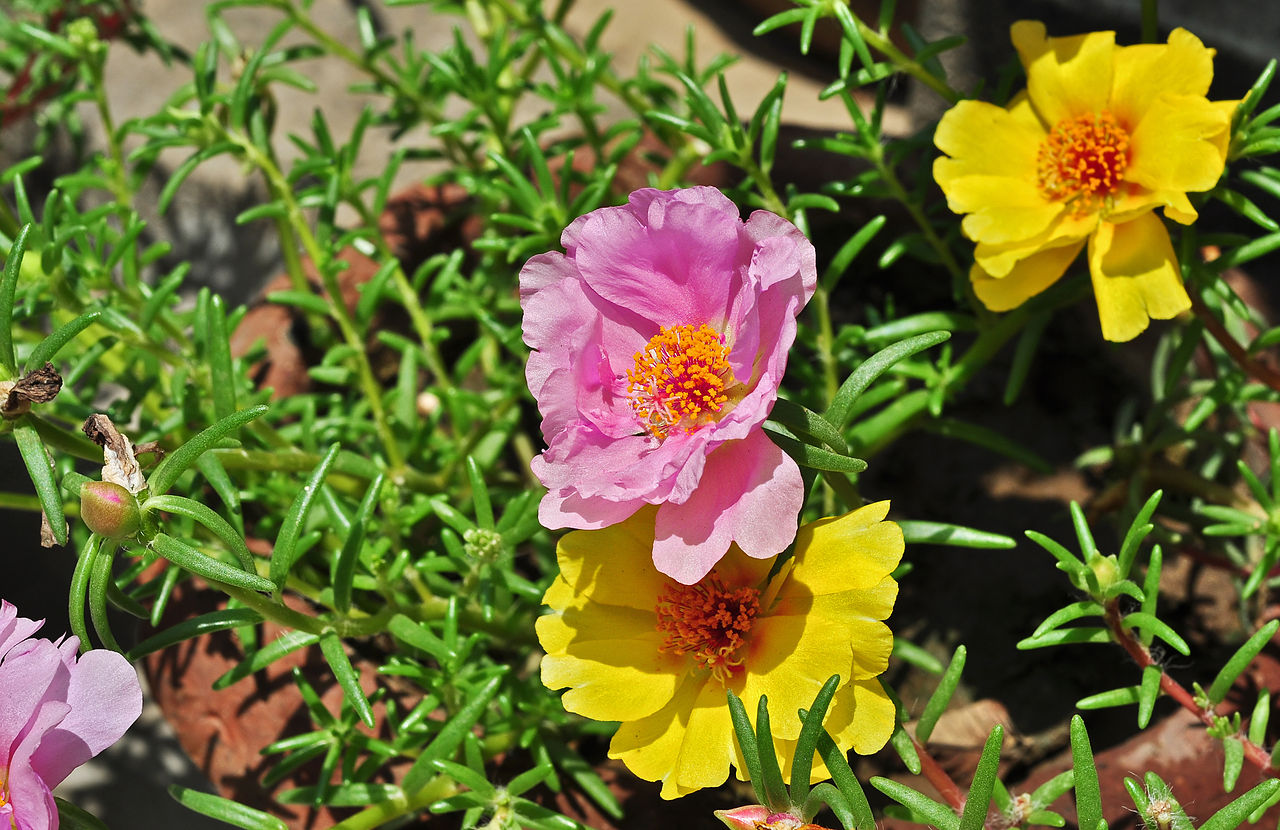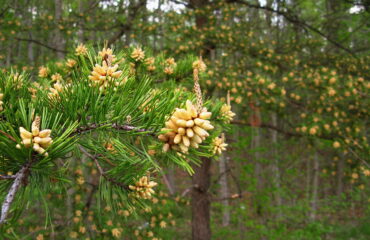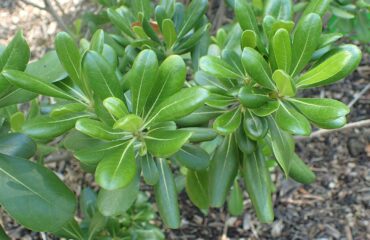Portulaca grandiflora, commonly known as Moss Rose, is a vibrant, low-growing succulent native to South America. It’s prized for its bright, multi-colored flowers and its ability to thrive in hot, dry conditions. Moss Rose is a popular choice for ground cover, rock gardens, and hanging baskets due to its trailing habit and drought tolerance. Propagating Portulaca grandiflora can be done through seed propagation, cutting propagation, and division. Each method has its own procedures and benefits, which we will explore in detail.
Portulaca grandiflora (Moss Rose) Propagation Methods
1. Seed Propagation
1.1. Seed Collection
Propagating Moss Rose from seeds is a straightforward and effective method, especially for producing a large number of plants.
- Identifying Mature Seeds: After the flowers bloom, they form seed capsules. Harvest seeds when these capsules turn brown and start to crack open.
- Harvesting Seeds: Collect the dry seed capsules directly from the plant. Gently crush them over a piece of paper to release the tiny, black seeds.
1.2. Seed Preparation
Preparing the seeds correctly ensures better germination rates.
- Cleaning Seeds: Remove any chaff or debris from the seeds. Moss Rose seeds are small and can be easily cleaned by sifting them through a fine mesh.
- Stratification (Optional): Although Moss Rose seeds generally do not require stratification, a brief period of cold treatment (a few weeks in the refrigerator) can help improve germination, especially if the seeds are collected from cooler climates.
1.3. Sowing and Germination
Once prepared, the seeds can be sown.
- Sowing Seeds: Scatter the seeds over the surface of a well-draining, sandy soil mix. Do not cover them with soil, as they need light to germinate.
- Germination Environment: Place the seed trays in a bright location with indirect sunlight. Maintain a temperature between 20-25°C (68-77°F) and keep the soil surface moist.
- Care for Seedlings: Seeds usually germinate within 1-2 weeks. Once seedlings appear, continue to provide bright light and reduce watering slightly to prevent damping off. Transplant the seedlings when they have several true leaves and are strong enough to handle.
2. Cutting Propagation
2.1. Selecting and Preparing Cuttings
Propagation through cuttings is a quick way to clone Moss Rose plants, especially those with particularly desirable flower colors or forms.
- Choosing Cuttings: Select healthy, non-flowering stems from the plant, preferably in spring or early summer.
- Preparing Cuttings: Cut 5-10 cm (2-4 inches) long segments from the chosen stems, just below a node. Remove any lower leaves to expose the stem.
2.2. Rooting and Planting
Moss Rose cuttings root easily and do not typically require rooting hormones.
- Direct Planting: Allow the cut ends to dry for a few hours to callus, which helps prevent rot. Then, insert the cuttings directly into a well-draining potting mix, such as a cactus or succulent mix.
- Watering: Lightly water the planted cuttings. Moss Rose is drought-tolerant, so it’s important to avoid overwatering.
2.3. Rooting Environment and Care
Creating the right conditions helps the cuttings establish quickly.
- Optimal Conditions: Place the cuttings in a warm, bright area with indirect sunlight. A temperature range of 20-25°C (68-77°F) is ideal.
- Monitoring Growth: Roots typically begin to form within 1-2 weeks. Gently tug on the cuttings to check for resistance, indicating root development. Once rooted, gradually introduce the new plants to more direct light and normal watering.
3. Division
3.1. Purpose of Division
Division is an effective method for propagating larger, established Moss Rose plants, allowing you to create multiple plants from a single clump.
- Benefits: Division rejuvenates older plants and provides a quick way to produce mature plants. It’s also useful for controlling the spread of Moss Rose in garden beds.
3.2. Dividing the Plant
Dividing Moss Rose is straightforward and best done in spring or early summer.
- Preparing for Division: Water the plant thoroughly the day before to ease removal and reduce stress.
- Dividing the Clump: Gently dig up the entire plant and shake off excess soil. Use a sharp knife or spade to divide the root ball into smaller sections, ensuring each section has healthy roots and stems.
3.3. Replanting and Care
Proper replanting ensures the success of the newly divided plants.
- Replanting: Plant the divided sections immediately into well-draining soil. Space them appropriately to allow for growth.
- Watering and Care: Water the new divisions lightly. Maintain even moisture until the plants are established, then follow regular care routines for Moss Rose.
Conclusion
Propagating Portulaca grandiflora can be done through seeds, cuttings, or division, each method offering unique benefits. Seed propagation is ideal for producing a large number of plants and exploring natural variations. Cutting propagation provides a quick way to clone desired plants, ensuring the retention of specific characteristics. Division is a practical method for rejuvenating older plants and rapidly increasing your stock of Moss Rose. By understanding and applying these techniques, gardeners can enjoy the vibrant, colorful blooms of Moss Rose throughout their gardens.
Share this article



